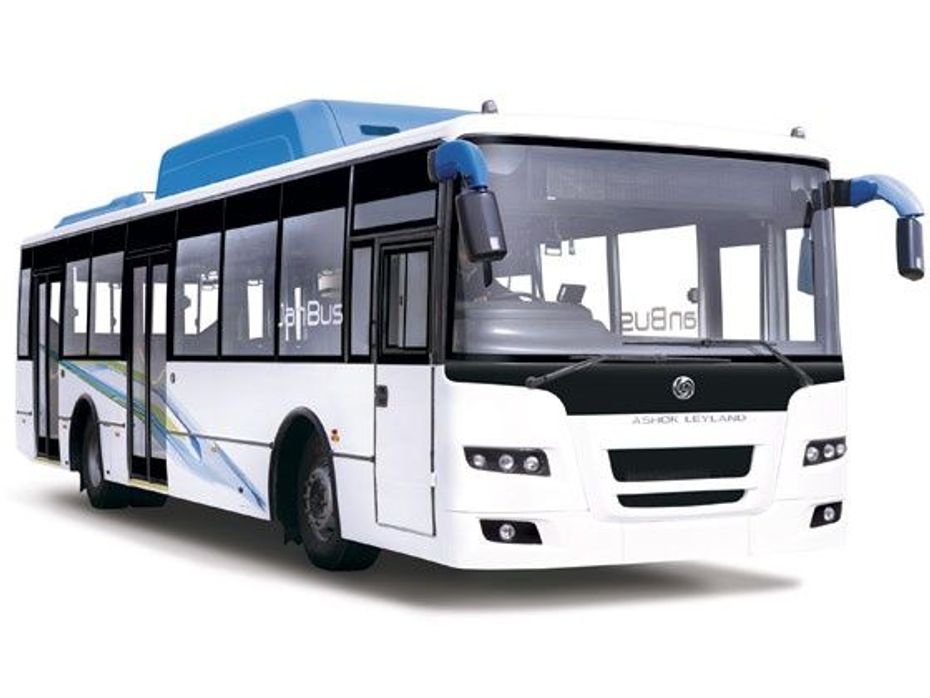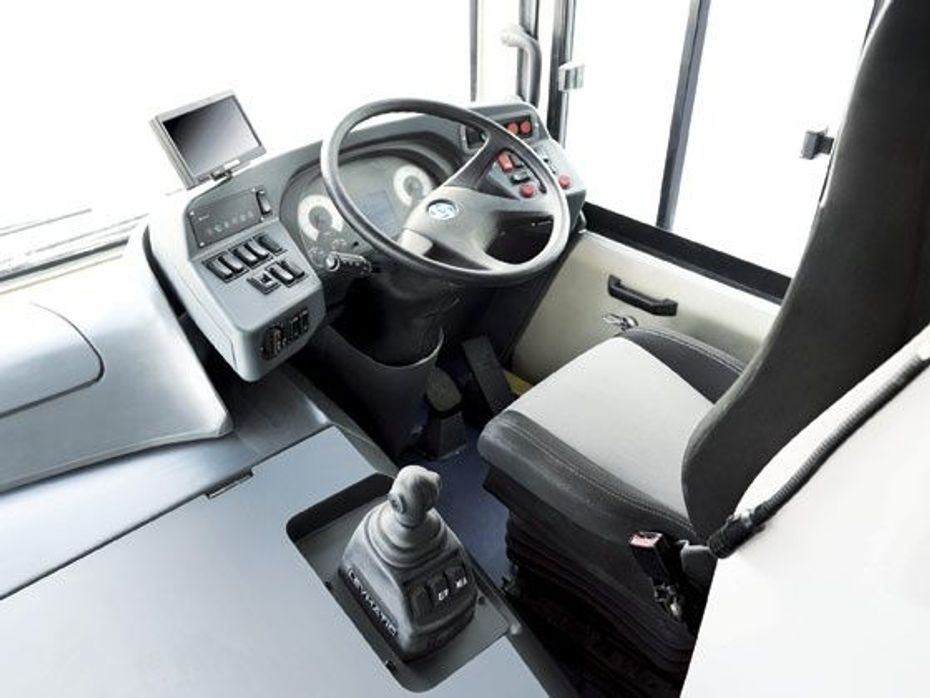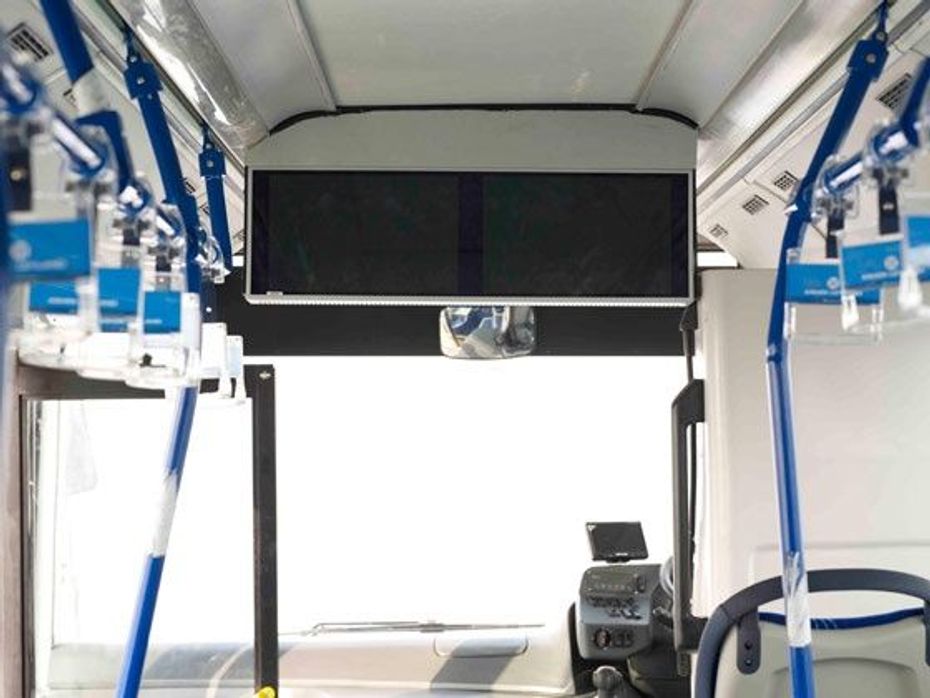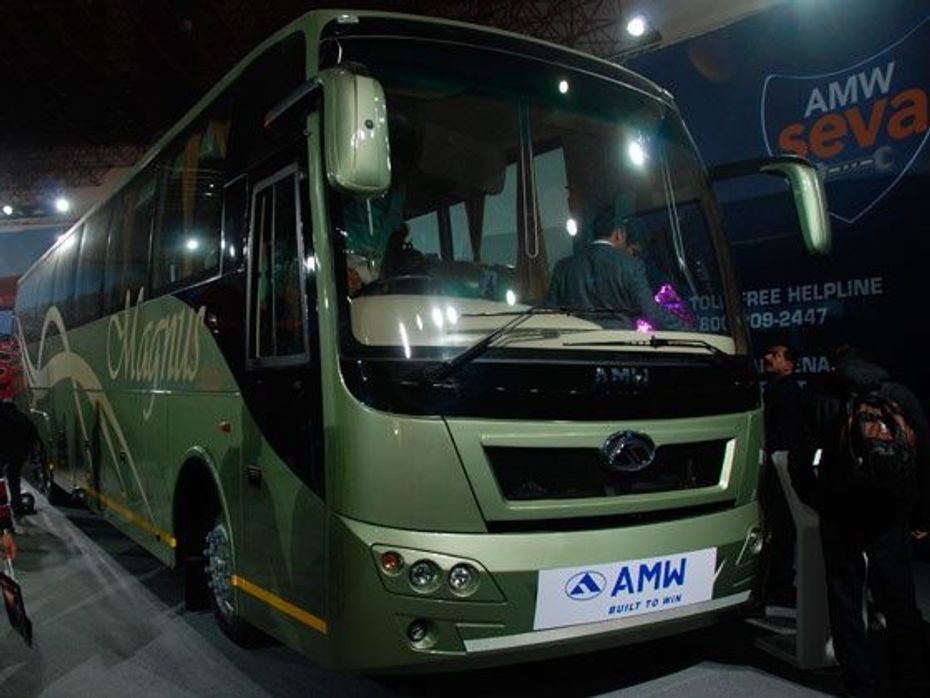
Maruti Suzuki Rock N Road: Redefining the SUV Experience
- Mar 16, 2024
- Views : 67022


There is something about the 'can do' spirit which has been imbibed by many of our Indian OEMs as they grapple with the onerous task of delivering worthwhile solutions to mobility while forsaking outright tech for smart thought. Much that very essence pervades the very concept of the Jan Bus (Jan as in janata, public) that has surprisingly come from the uber staid and not to mention, ultra conservative Ashok Leyland.
This is certainly a good time for one of the country’s pioneer commercial vehicle manufacturers to stand up and not just be counted but also spearhead thought and energy into a direction, which can only benefit mass transit public movement. The Jan Bus is, according to Dr V Sumantran of Ashok Leyland, the world’s first front engine, single step entry fully flat low floor bus and that is something that somehow has never entered the mind set of the big MNC CV specialists.

Today urban mass transit systems need easy ingress and egress, also an unhindered approach to get to seats or to standing positions without fuss or bother and all of this means an integral-type coach construction and an ultra low floor (sometimes almost to kerb or footpath height, with or without height levelling suspension). To get that ultra low floor inevitably means a move to a rear engine, rear-wheel drive configuration which as has been noted seems to be the way the western world has gone about doing city buses.
However, Ashok Leyland would beg to differ. Using a bit of Indian ingenuity, the engineers at this venerable CV giant have come up with a most striking solution which is cost-effective to boot yet strong and familiar enough for most of our public transport utilities to take to. The basic concept revolves around a front engine layout with clever packaging that gives the bus a complete flat floor beginning from the driver’s office and moving right to the end of the vehicle. Of course there is a slight rounded bump on the floor where the large axle sits but one can make out the gradual slope to shroud that as well in a simple yet intelligent manner.

The Jan Bus is a clever reading of rules and regulations and trying to deliver a simple yet modern package, which is technologically right up there yet is pretty cost effective. Entry to the bus sees one step up to the floor just 650mm from the road surface and if the keeling option is specified then the floor at the entry level drops down to an even more comfortable step height. The bus comes with a choice of configurations as regards doors, single sided twin or three openings or double sided for BRTS application. The doors are wide and swing open and shut hydraulically allowing quick passenger movement both ways. If that is not all, the bus can be configured in areas of seating as well as door placements plus it can also be pressed into service not just as the favoured BRTS vehicle of choice but also in airport tarmac applications and normal city transport.
The overall exterior look is clean and distinctive and what really was impressive given that the likes of Volvo have made buses get a decided upmarket sheen to them these days is the fact that the Jan Bus is so very sanitary. It is clean, cool and uncluttered plus its overall design with soft rounded corners also helps minimise pedestrian injury should there be a mishap. Dr V Sumantran informed me that the Ashok Leyland team has applied for no less than 16 patents on the construction and configuration of the Jan Bus and that they were not going to stop having seen the advantages of the layout and the way it affords cost effective solutions for a lot of our government funded transport utilities.

In fact, Dr Sumantran said that for the price of three rear-engined city buses by any of the high profile MNC bus makers presently operating in the country, one could get five Jan Buses and more importantly also have significant savings in operating costs as well. The Jan Bus is equipped with a brand new 235HP turbocharged MPFI engine fuelled by CNG, which is BS4 compliant. Ashok Leyland’s proprietary Leymatic AMT (automated manual transmission) system is mated to this engine and helps improve driver efficiency and reduces fatigue by doing away with strenuous clutch operations and repeated gear shifts.
This isn’t a bus like in the past from Ashok Leyland. The Chennai-based truck and bus maker, a part of the Hinduja Group, is now shedding its overt conservatism for modernity and it shows in the way the seats and seating layouts have been crafted, the modicum of style inherent in the interior to make it fresh and appealing, the clever bits to bring better ergonomics even to those who would journey standing. Infotainment systems for the passengers, a host of driver aids for better control and safety plus also of course enhanced efficiency all around combine to make this a bus ripe for the times. That it has come from Ashok Leyland is a pleasant surprise and a harbinger of hope to many impoverished transport utilities in the country.

FRONT ENGINES ARE BIG BUSINESS IN LOW COST BUSES!
Makes sense doesn’t it to try and deliver simple cost effective means to a populace which is seeking reliable intra-city transport in the country. While Ashok Leyland addressed the intra-city aspect of it all, the MAN – Force combine and the dynamic AMW outfit both came up with the same approach but this time for inter-city coaches.
I was aware of the MAN – Force coach because for long Abhay Firodia had toyed with the idea of doing just this sort of an approach to try and seek a cost effective niche for the inter-city bus operator without in any way sacrificing comfort or reliability or operating efficiency. Making his German partners see sense was the hardest part and one in which it seems the company lost a great deal of time. However once the basic concept was outlined, the duo found a worthwhile platform in a front engine MAN bus they had in South Africa and they got to work on it. Not only did they configure it to have a flat floor, albeit pretty raised in the true sense of the term but also without sacrificing luggage volume. Intelligent packaging was key to the MAN-Force Airobus which is a plush 45-seater and has ample grunt from its 220bhp 6.9-litre diesel engine.
The AMW Magnus was in the same mould and uses Cummins power to haul a 57-passenger complement plus luggage. This bus is also pretty stylish and well defined for both operators and passengers. Given the fact that ultimately it would be quick return of investment and longevity of operation with low usage costs, the battle in the coming days between the front engine brigade versus the rear-enders would be one to determine the future direction of the bus in this country.

Maruti Suzuki Rock N Road: Redefining the SUV Experience

Bosch Car Service: Your Trusted One-stop Destination for Car...

3 New Major Design Details Mahindra XUV 3XO Will Pack Over...

You Can Now Name Skoda India’s Upcoming Sub-4 Metre SUV

Tata Curvv: A Much Clearer Look At Its Interior Ahead Of Its Unveiling

This Tata Car Has Been Announced As The Official Car For IPL 2024

Ford Endeavour And Ranger India Launch Possible WITHOUT Expensive...

Skoda India Announces Future Plans, Tata Nexon Sub-4 Metre SUV Rival...

Citroen Basalt vs Tata Curvv: Exterior Design Compared

10 New Features Expected In The Upcoming 2024 Mahindra XUV 3XO...
India's largest automotive community